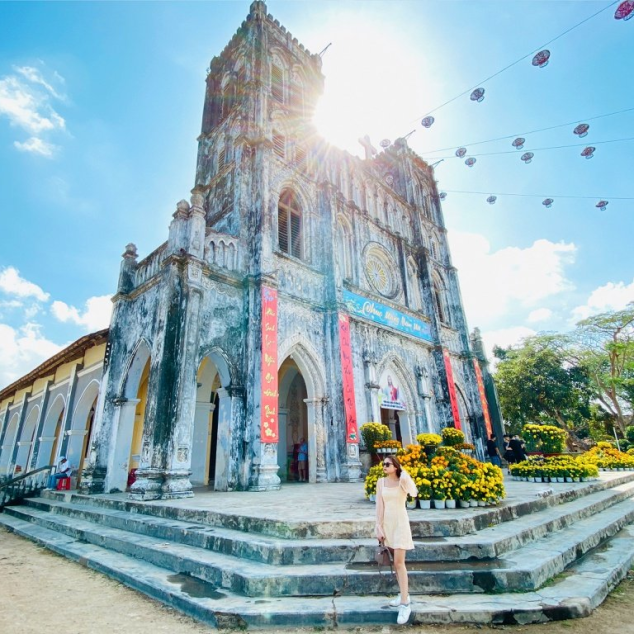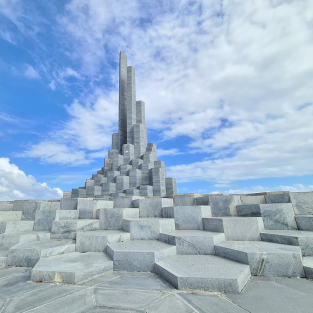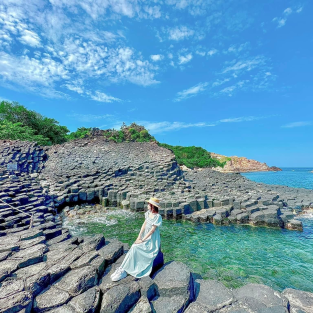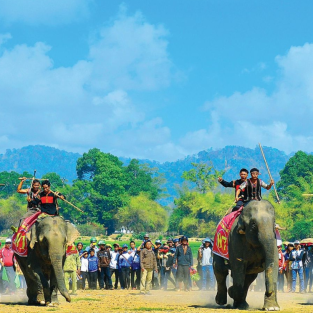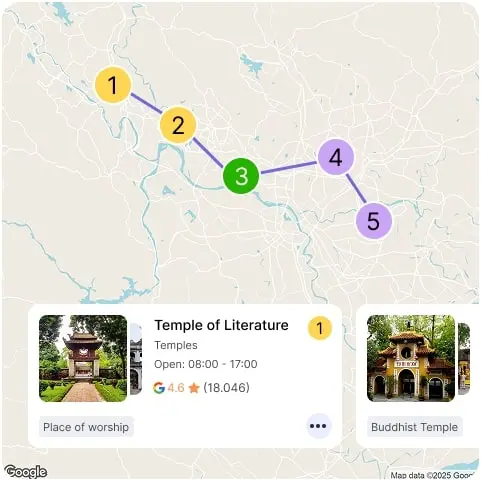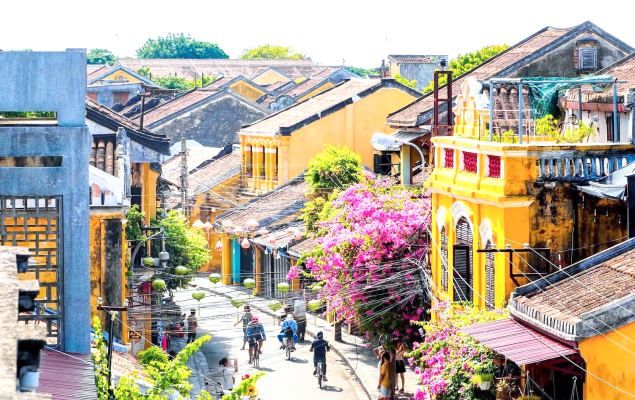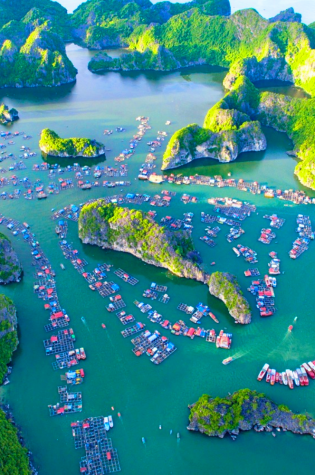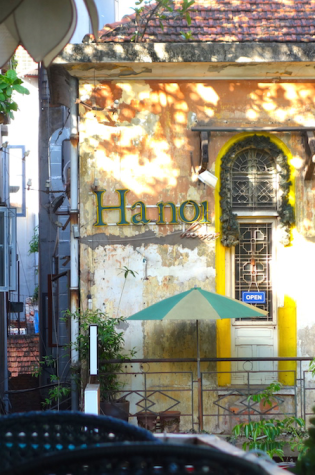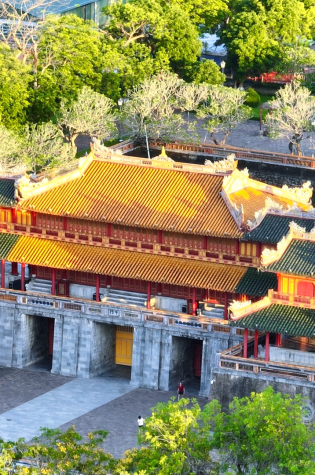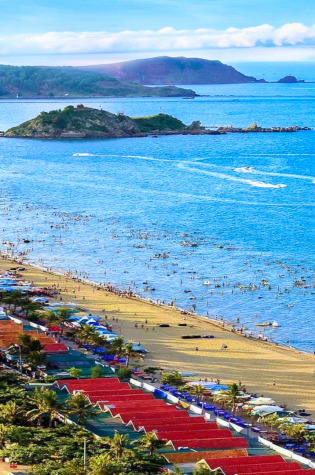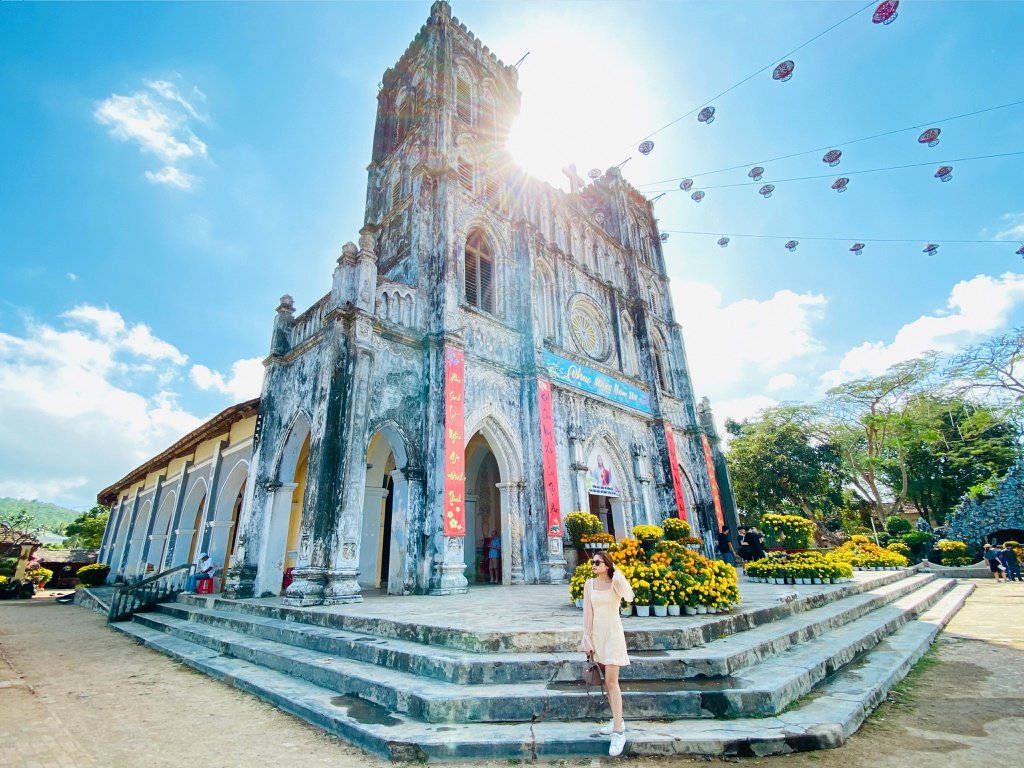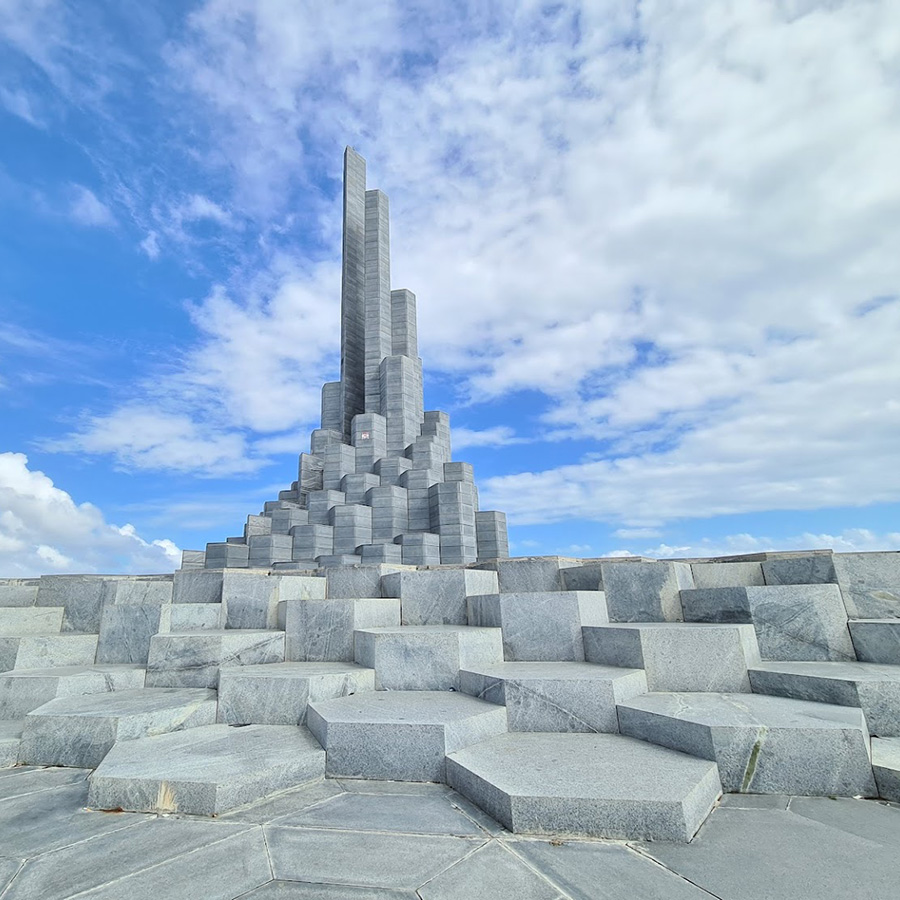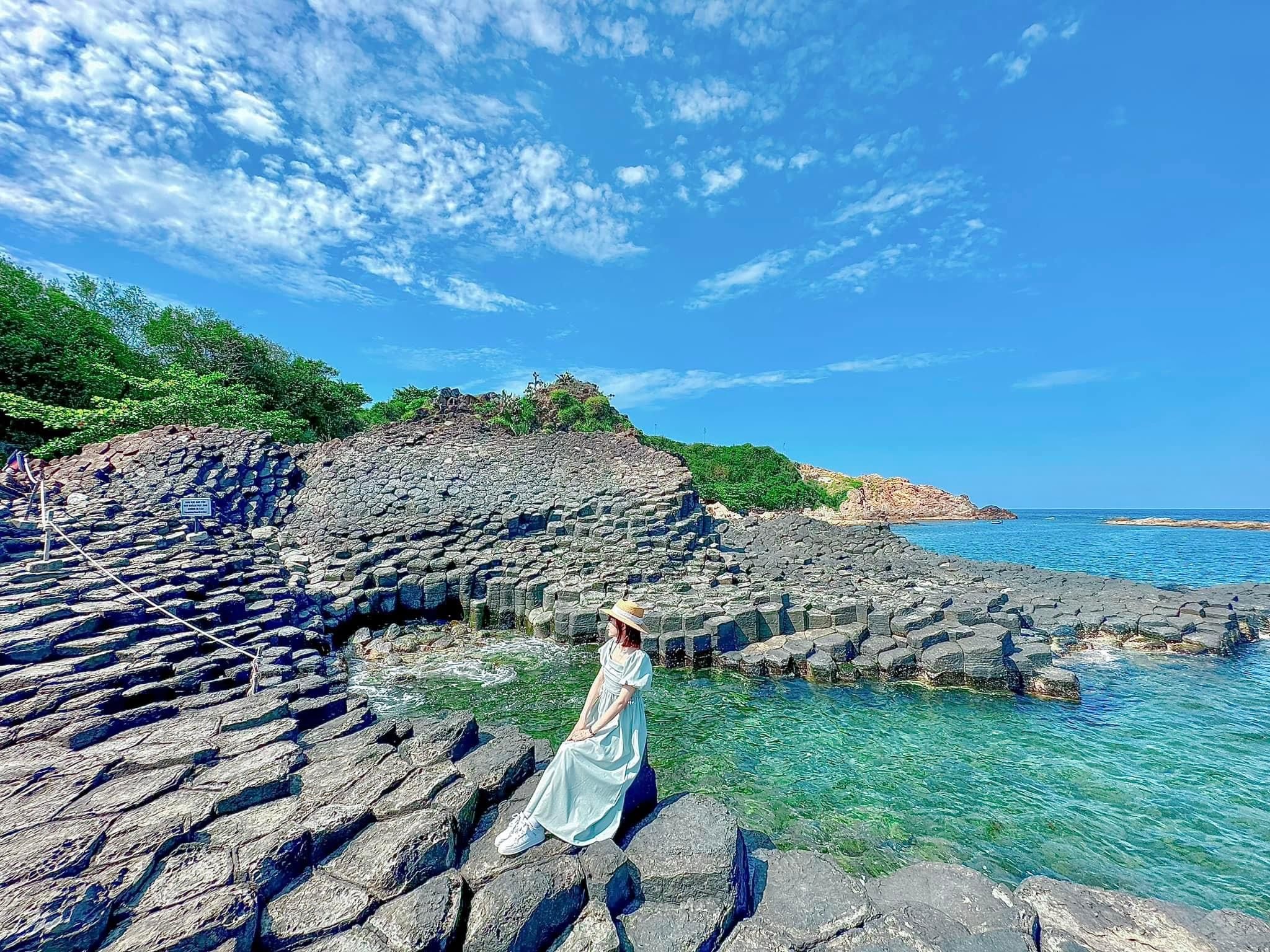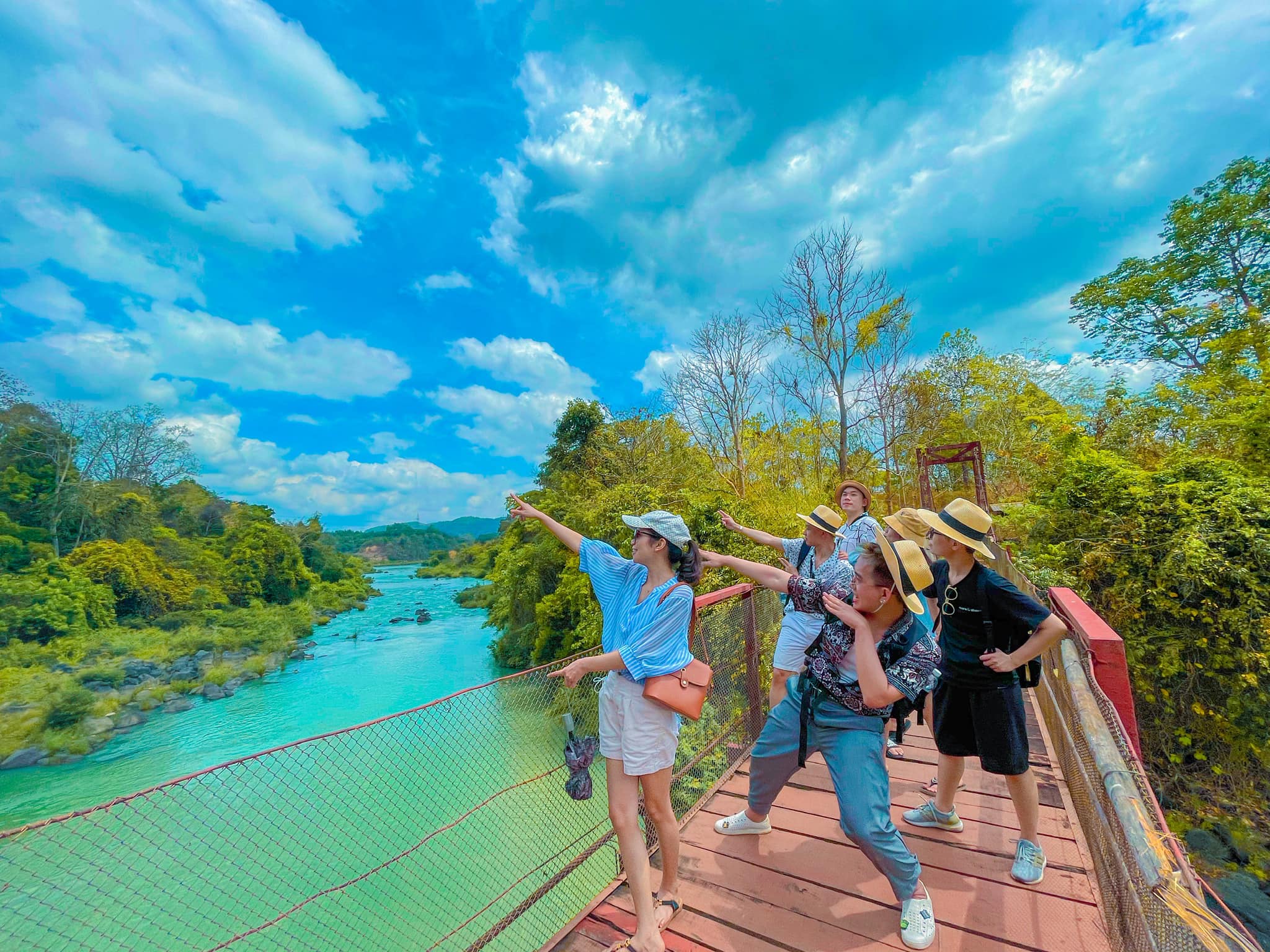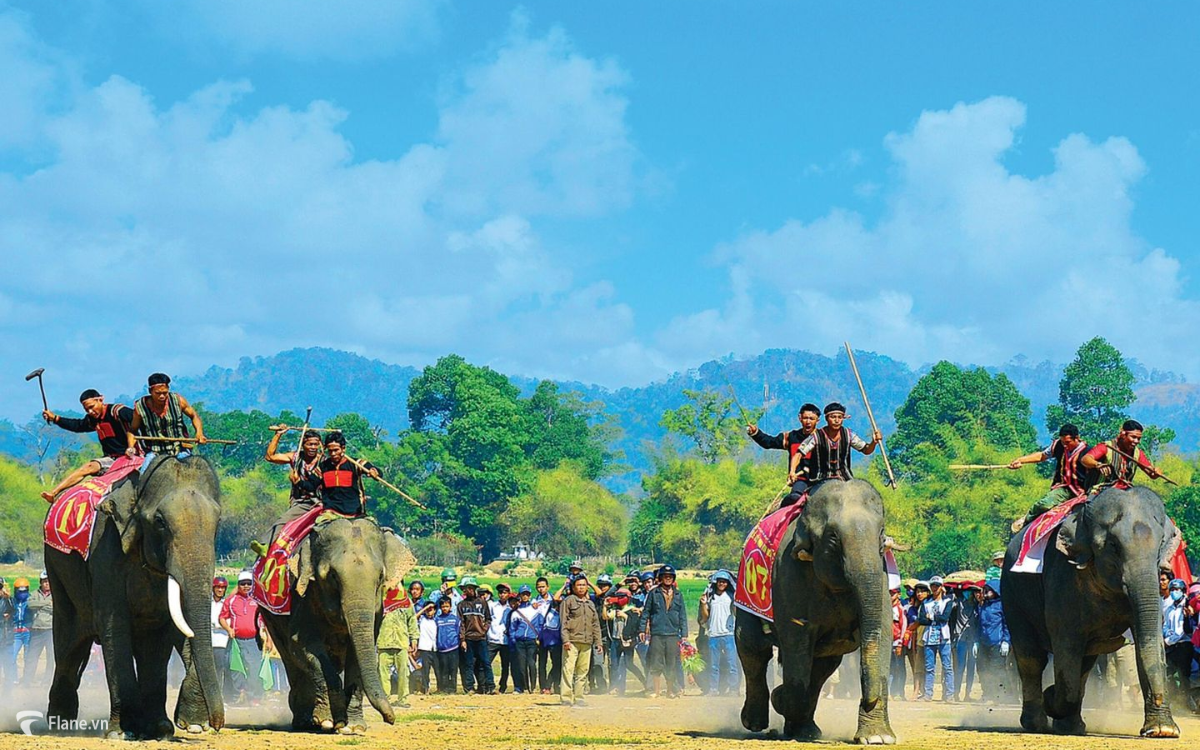Dak Lak opens a window into Vietnam’s rich Central Highlands culture, where the rhythm of life follows the cycles of the land. From sprawling coffee farms to tranquil lakes, remote villages to bustling local markets, the province offers a journey into authentic highland heritage.
Travelers can explore Buon Ma Thuot—the coffee capital of Vietnam—wander through traditional longhouses, or visit ancient temples and waterfalls hidden in the forested hills. The region’s unique blend of highland and coastal landscapes also reveals pristine beaches and marine adventures, seamlessly expanding the experience beyond the mountains.
With deep-rooted traditions, stunning natural beauty, and the welcoming spirit of diverse ethnic communities, Dak Lak promises travelers a meaningful connection to both culture and nature at the heart of Vietnam’s central region.
Reaching Dak Lak is straightforward, with multiple travel options connecting the Central Highlands to major cities across Vietnam.
- By air: Buon Ma Thuot Airport (BMV) serves as the gateway to Dak Lak, with direct flights from Hanoi, Ho Chi Minh City, Da Nang, and other key hubs. The airport is about 15 minutes from the city center, with taxis and ride-hailing services readily available.
- By road: Well-maintained highways link Dak Lak to neighboring provinces. From Ho Chi Minh City, the journey takes around 7–8 hours by car or bus via National Highway 14. Long-distance buses operate daily between Buon Ma Thuot and destinations such as Nha Trang, Da Nang, and Pleiku.
- By train: The nearest railway stations are in Nha Trang or Phu Yen’s Tuy Hoa. From there, travelers can continue to Dak Lak by bus or private transfer, enjoying a scenic overland route through the highlands and coastal plains.
Local transportation is accessible, with taxis, buses, and motorbike rentals available for exploring both urban areas and remote villages.
Dak Lak offers distinct experiences throughout the year, each season revealing a different side of the Central Highlands.
- Dry Season (November to April): This is the ideal time to visit, with cool, pleasant weather ranging from 18–28°C. The clear skies are perfect for exploring waterfalls, national parks, and coffee plantations. January to March marks the coffee blossom season, when white flowers blanket the hillsides—a rare and captivating sight.
- Rainy Season (May to October): The landscape transforms into lush greenery, with fuller rivers and waterfalls. While afternoon showers are common, mornings often remain clear and suitable for sightseeing. This season also brings agricultural festivals and local markets filled with fresh produce.
For those seeking cultural immersion, consider visiting during traditional festivals such as the Elephant Racing Festival or Gong Culture celebrations, where Dak Lak’s vibrant ethnic heritage comes to life.
Dak Lak is gradually becoming more accessible to travelers of all abilities. In Buon Ma Thuot City—the province’s central hub—hotels, coffee museums, and key attractions are increasingly equipped with ramps, elevators, and accessible restrooms.
Popular destinations like Lak Lake, Dray Nur Waterfall, and Buon Don have improved pathways and boat services designed to accommodate a wider range of visitors. Some eco-lodges and cultural villages also offer guided tours that can be customized for guests with limited mobility.
Taxis and ride-hailing services are available in urban areas, with many drivers providing door-to-door convenience. For a smoother experience when exploring rural sites or nature reserves, private transfers or tailored tour services are recommended. With thoughtful planning, Dak Lak’s landscapes and cultural heritage are open to all.

